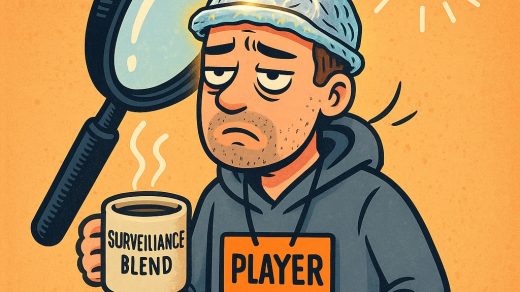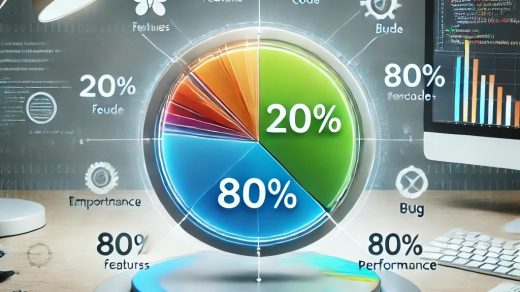Our brains are incredibly adaptable, constantly changing throughout our lives through a process known as neuroplasticity. This ability allows the brain to reorganize itself by forming new neural connections in response to learning, experience, and even injury.
Neuroplasticity and Learning
One of the most important ways the brain adapts is through learning. When we acquire new skills or information, the brain creates new neural pathways or strengthens existing ones. The more we practice a skill, the stronger and more efficient these pathways become. This is why repetition and practice are key to mastering anything from playing a musical instrument to learning a new language.
Neuroplasticity After Injury
Neuroplasticity also plays a significant role in recovery from brain injuries, such as strokes or trauma. When one part of the brain is damaged, other regions can take over its functions by creating new connections. With the right rehabilitation, the brain can compensate for the lost functions, demonstrating its remarkable capacity to adapt.
Aging and the Brain
As we age, neuroplasticity doesn’t stop. In fact, engaging in mental activities like reading, solving puzzles, or learning new things can help maintain cognitive function and keep the brain sharp. Even though some cognitive decline is natural with aging, continued mental stimulation encourages the brain to develop new pathways, helping to preserve memory and reasoning abilities.
Emotional Experiences and Brain Adaptation
Emotions also influence how the brain adapts. Positive experiences and supportive environments can enhance neuroplasticity, while chronic stress or trauma can hinder it. Practices such as mindfulness and meditation have been shown to promote brain adaptability, contributing to emotional resilience and mental health.
Conclusion
The brain’s ability to change throughout life is a testament to its resilience and complexity. Whether through learning, recovery, aging, or emotional experiences, neuroplasticity allows us to continually grow, adapt, and overcome challenges, showing that the brain is a lifelong learner.


